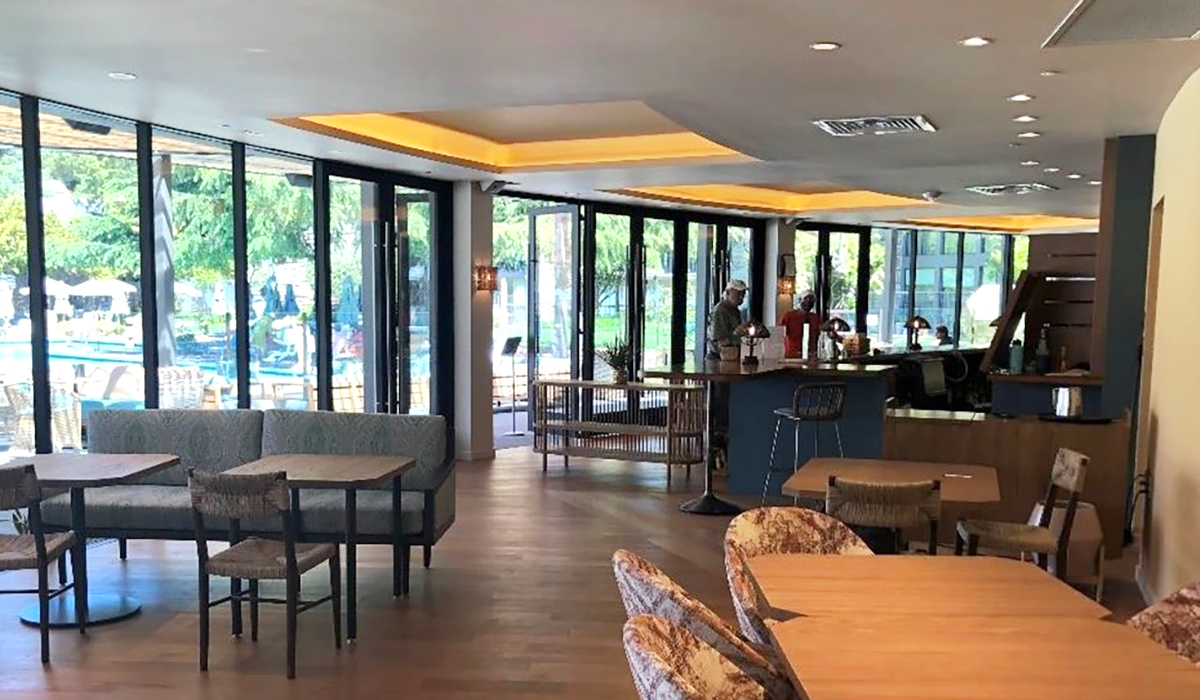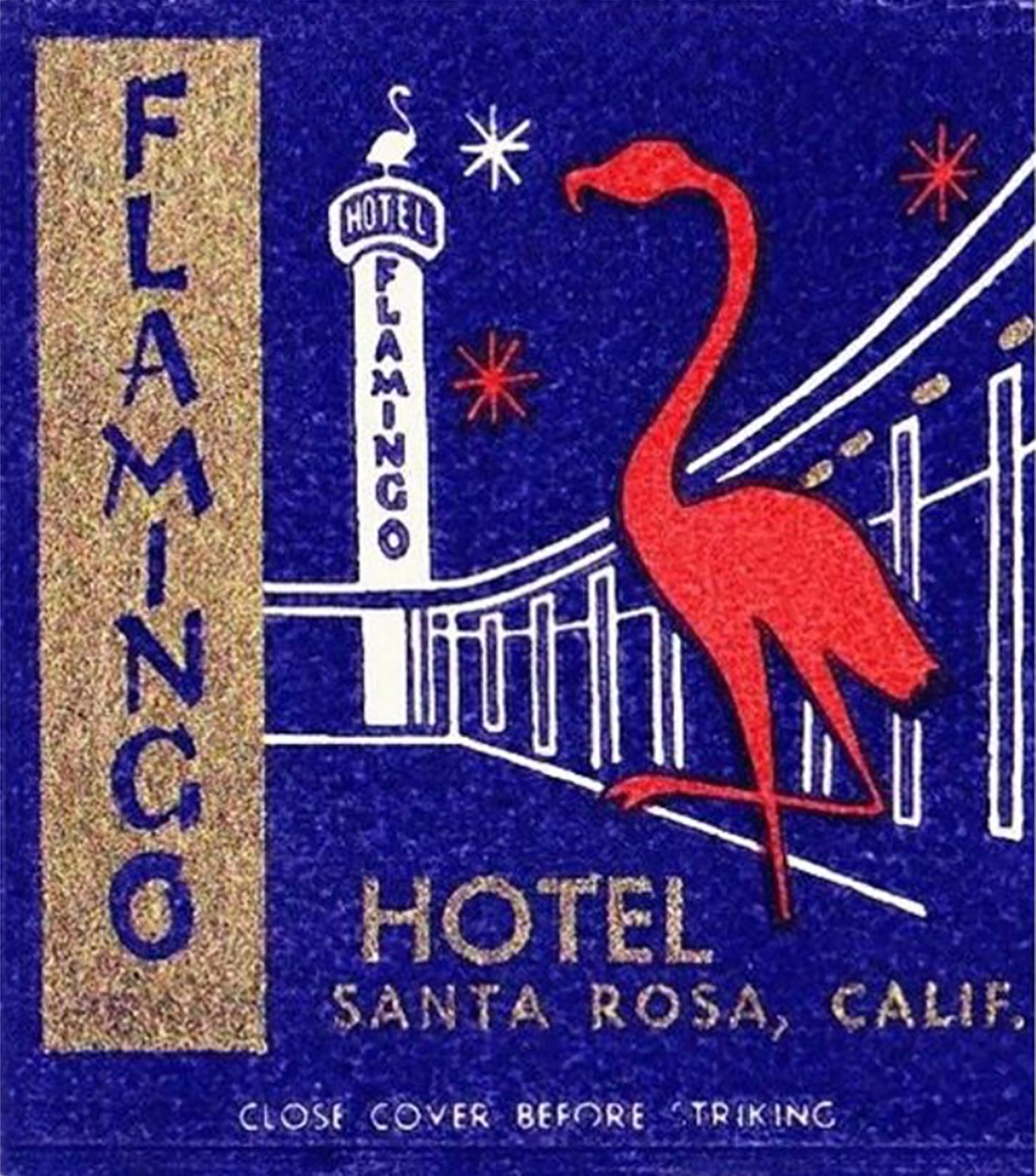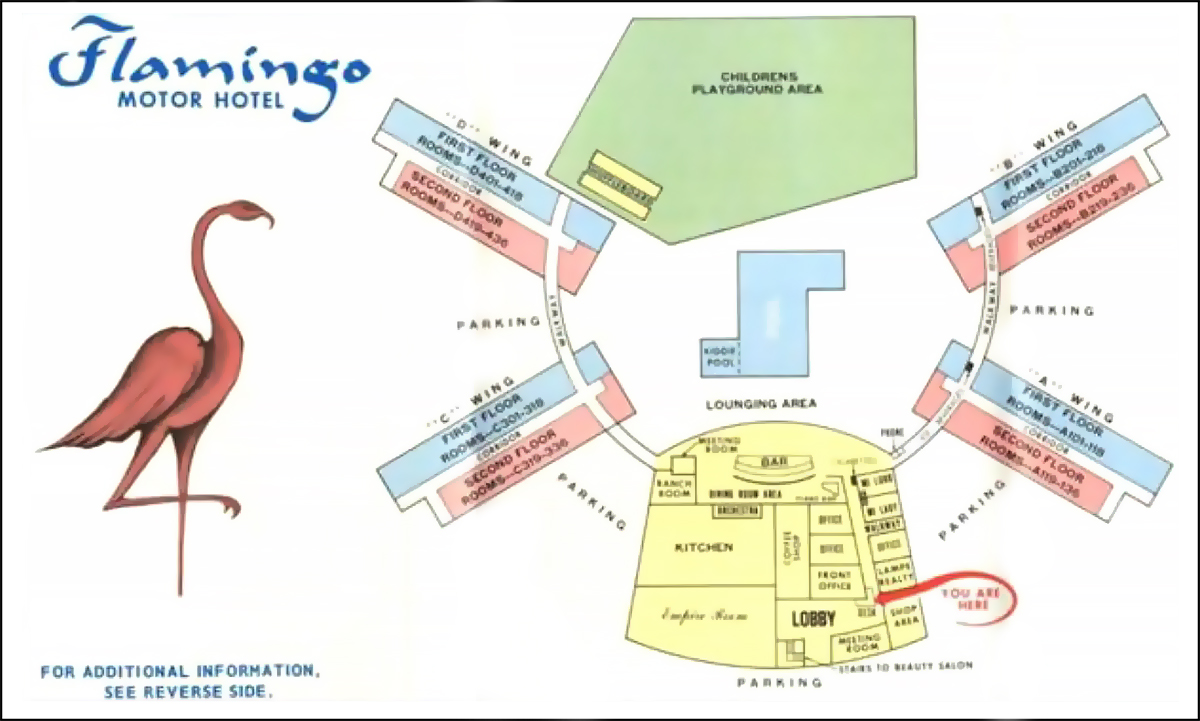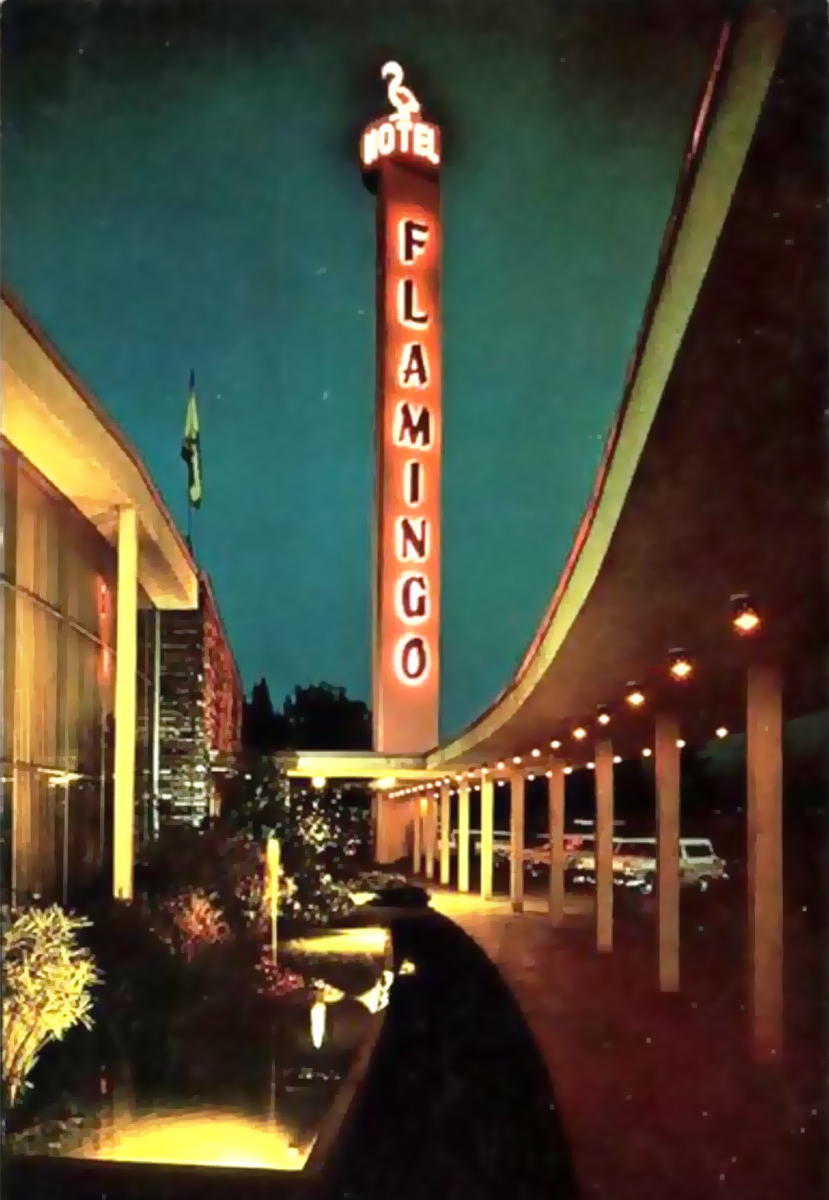
Flamingo Hotel Wins National Honor
 |
When it opened in 1957 as a bit of Las Vegas in sleepy Santa Rosa, the Santa Rosa Flamingo threw a charity ‘Golden Deed Ball’ attended by 900.
“Never has there been such a collection of mink, diamonds, chiffon, satin, and lace together in one place in Santa Rosa before,” columnist Roby Gemmell wrote, as cited in the property’s National Register of Historic Places nomination.
More than a travelers’ hotel, the Flamingo Hotel was a conference center, center for social life, and, for a time in the early 1960s, a dinner theater, with such musicals as ‘Guys and Dolls’ and ‘Bye, Bye, Birdie.’
But by 1972 it was looking like 'Bye, Bye, Flamingo,' as the deteriorating property was doing so badly that most rooms were turned into residential rentals. As the authors of the National Register nomination, John Gentry and Sarah Vonesh, point out, Santa Rosa had two mid-century modern resort hotels and motels – and both are gone.
 |
That’s why it is so important that the owners of the Flamingo, Flamingo Bavarian LLC, understand both its important place in history and in the present. The Flamingo Resort is undergoing renovations that, the historians say, are sympathetic to its historic character. And it was the owners that hired a Washington, D.C. preservation firm to seek this national recognition.
The state Historic Preservation Commission approved the move on July 31, sending the nomination to the keeper of the register in the nation’s capital. No one opposed the nomination. The Flamingo Hotel achieved listing on the National Register on September 20.
The Flamingo sign itself has already won local recognition. “The City of Santa Rosa designated the sign a local landmark in 1997,” the nomination notes.
With its unusual “wheel and spoke” arrangement of hotel wings connected by glass-walled hallways called “hyphens,” with its textured Utah stone walls and its open airiness, not to mention the neon flamingo sign, there is something joyful about the Flamingo that few resorts can match.
The California Preservation Foundation has based its annual conference at many fine and historic hotels. But wasn’t lazing around the Flamingo’s S-shaped pool back in 2002 just especially special?
 |
The pool is in the center of a generously sized, central courtyard that serves as the spoke for the wheels of the hotel room wings.
Gentry and Vonesh determined that despite some changes over the years (some of which are being unchanged), “The property retains all aspects of integrity.”
“The hotel demonstrates integrity of design through the retention of the primary physical characteristics and design features that existed at the time of its completion, including its form, plan, space, structure, and style,” they write.
“These include the hotel’s overall wheel-spoke form, distinctive period signage, site design, sandstone cladding, and the intact nature of the hotel wings, hyphens, and courtyard.
“The circular courtyard with unusually shaped swimming pool, an important original design element, remains in its original configuration and has not been significantly altered. Likewise, the four hotel wings and connecting hyphens demonstrate a high degree of design integrity and, based on historic photographs, appear essentially as they did at the time of the hotel’s completion in 1957.”
 |
Many of the changes that have taken place have been consistent with the original style. The architect of the Flamingo, Homer Rissman, a student of Mies van der Rohe, designed many hotels and casinos, including some in Las Vegas.
“The flash and glamour associated with the Flamingo signage, the Flamingo’s celebrity performances, and the hotel’s mid-century style were all indicative of the influence of Las Vegas on tourism and resort hotel development and programming during the 1950s,” Gentry and Vonesh write.
“The Flamingo’s rustic stone cladding, combined with its glazed curtain wall elevations, are characteristic of the new class of modern, glamorous mid-century resort hotels built in Las Vegas and California after World War II.”
Statewide, even nationwide, cool-looking, functionally designed mid-century motels and hotels are being torn down or remodeled out of existence all too often. Bay Area preservationist and author Heather David has brought attention to the glories of these often eccentrically themed resorts through books and talks.
That’s why it’s great to run into a place like the Flamingo Resort, which answers its phone by welcoming you to “our mid-century marvel in the Valley of the Moon.”
- ‹ previous
- 254 of 677
- next ›



